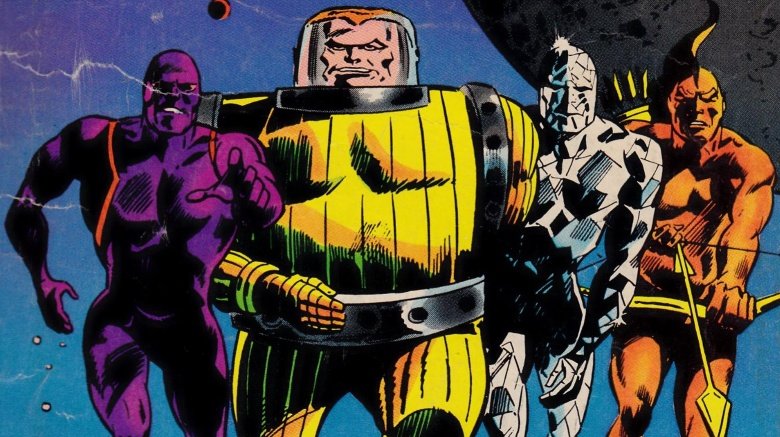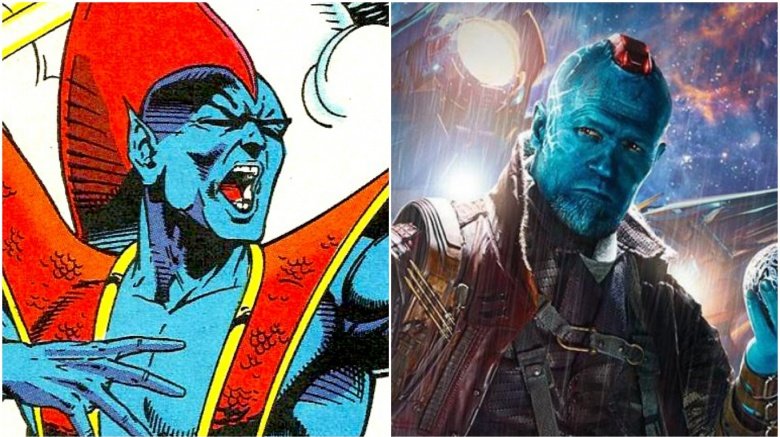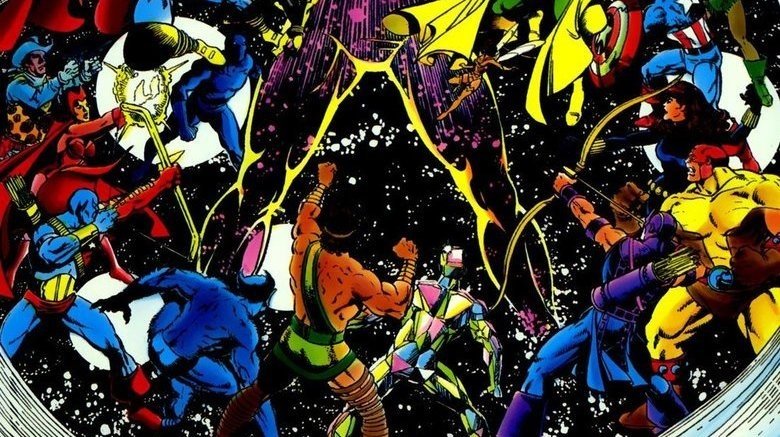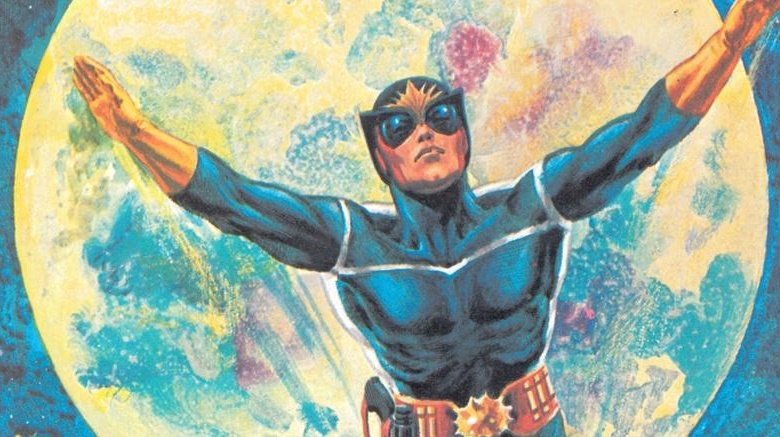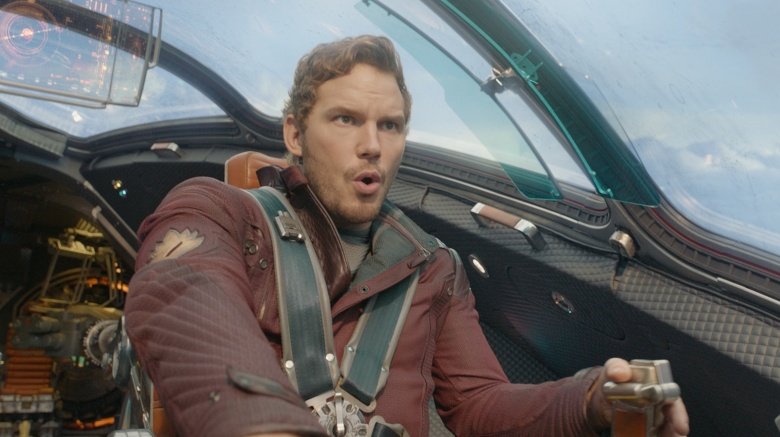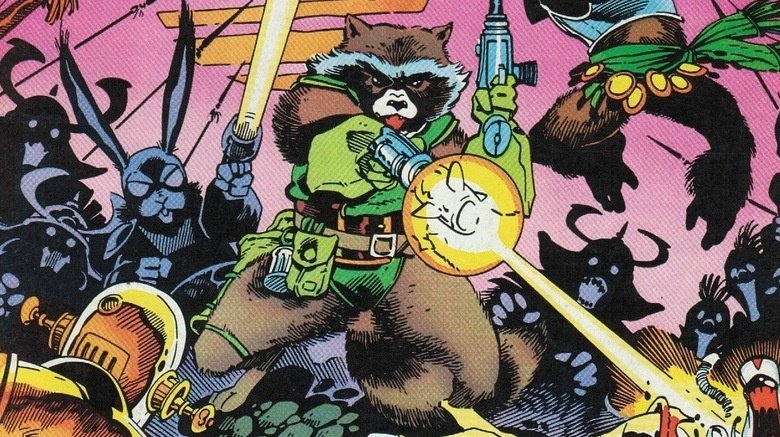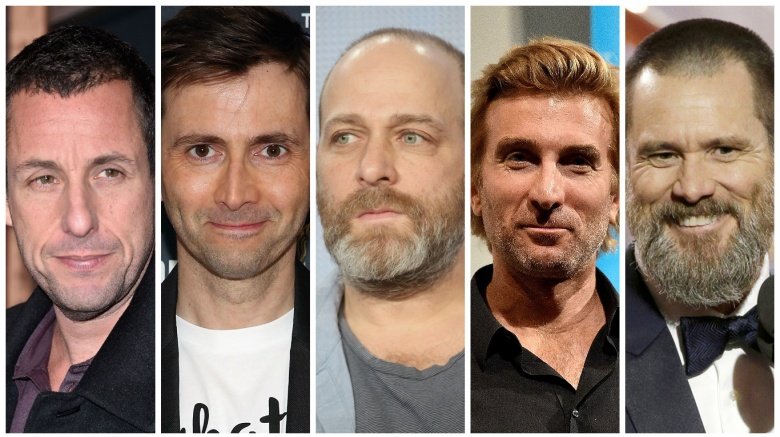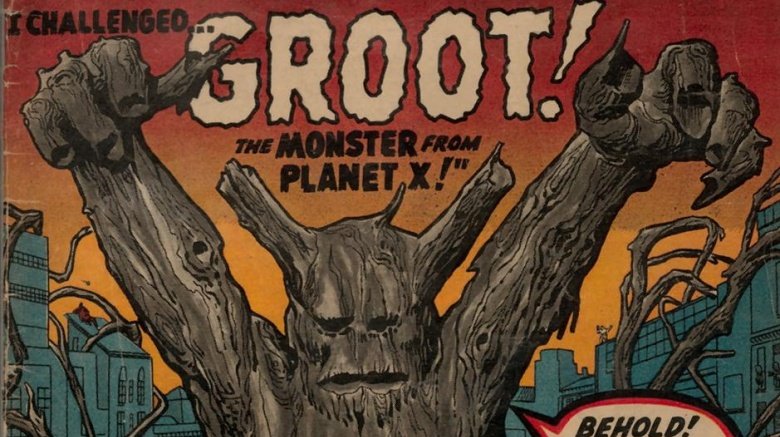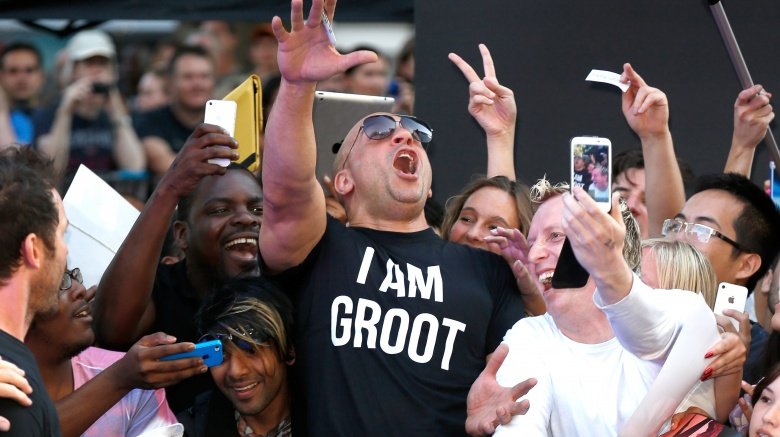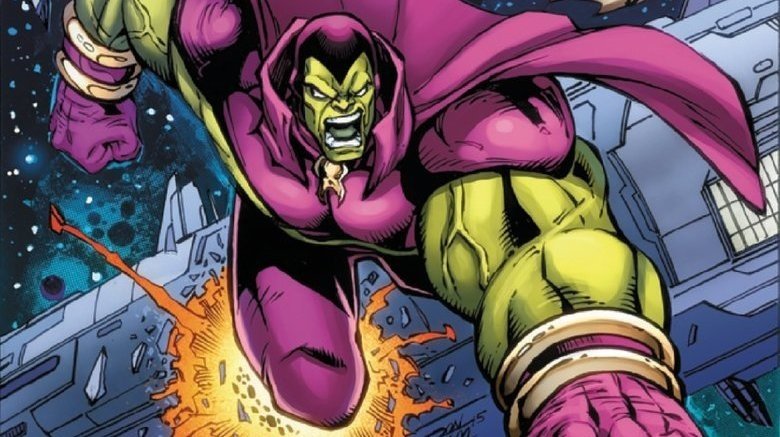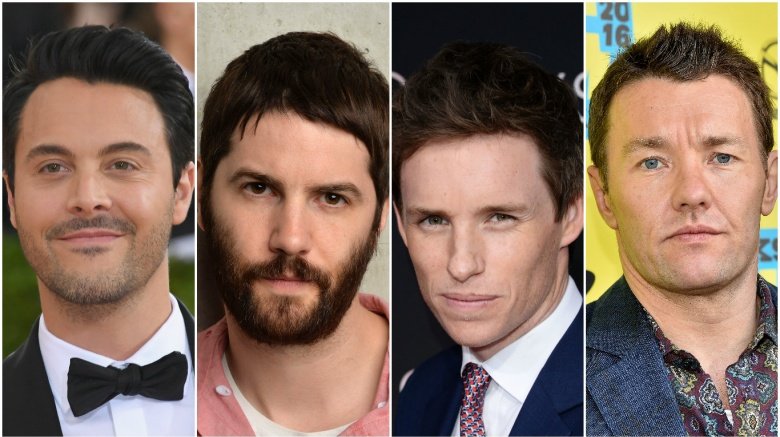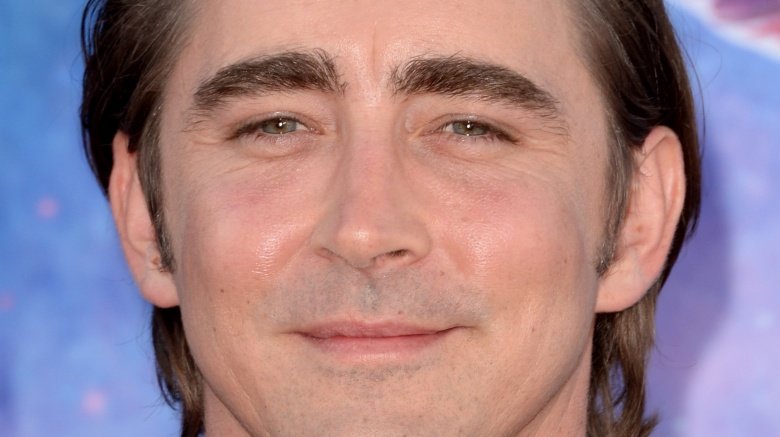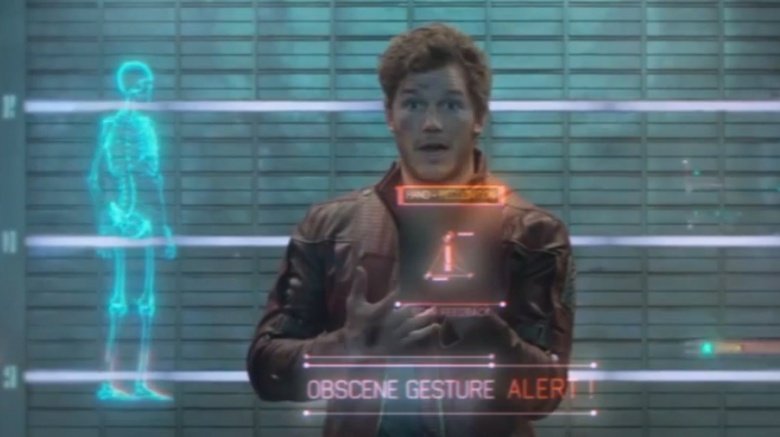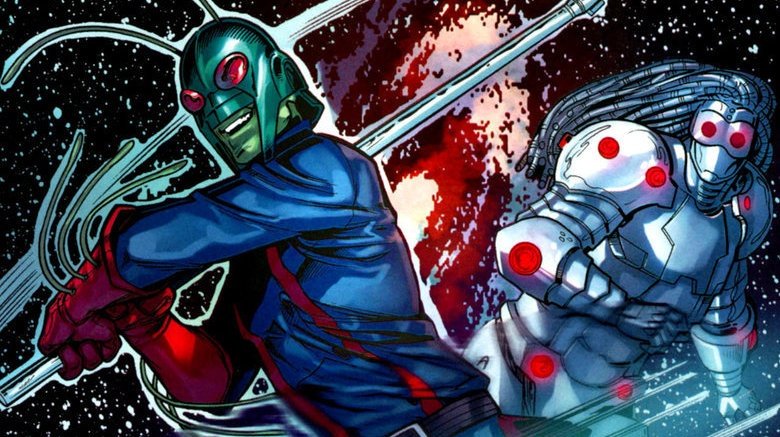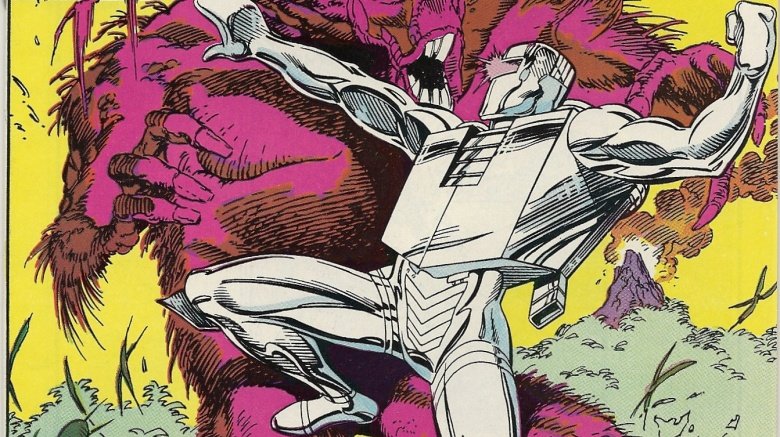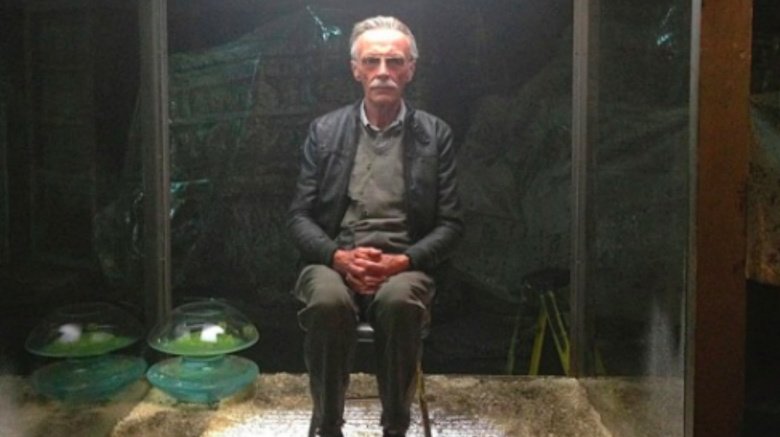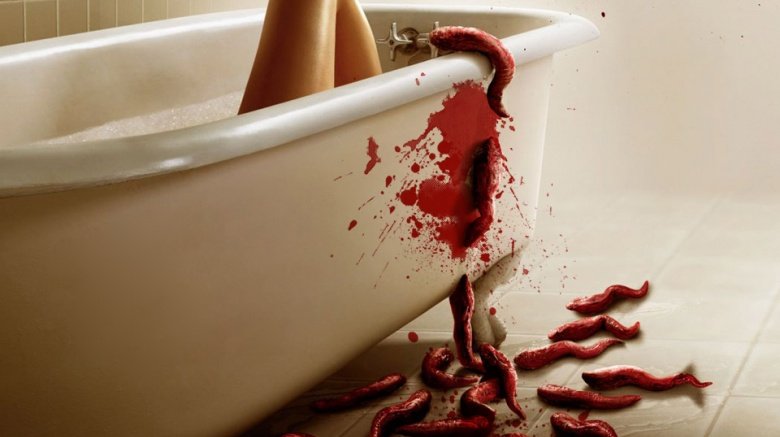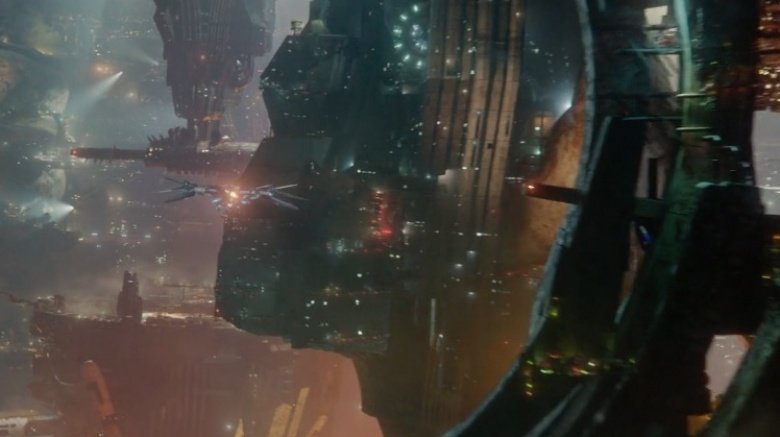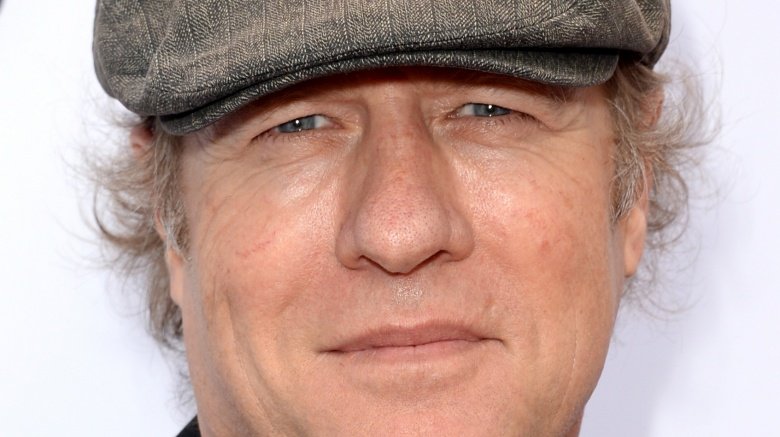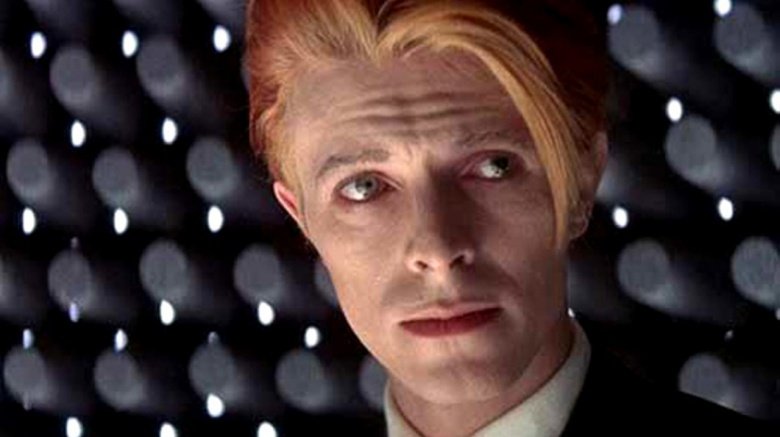20 Guardians Of The Galaxy Facts You May Not Know
These intergalactic superheroes have battled the forces of evil in the Marvel Universe for roughly 50 years...or at least some incarnation of the group has, anyway. If that sounds confusing, then read on, because we've got plenty of Guardians trivia you've probably never heard before.
The first incarnation of the Guardians of the Galaxy looked very different
Created by writer Arnold Drake and artist Gene Colan as an approximate parallel to DC's Legion of Super Heroes, the Guardians of the Galaxy—who were based in the 31st century—were founded by Vance Astro from Earth, Martinex from Pluto, Charlie-27 from Jupiter, and Yondu from Centauri IV. The foursome initially joined forces in a 1969 issue of Marvel Super-Heroes to battle an alien race known as the Badoon, but their camaraderie quickly resulted in a permanent team, one which would soon take on two additional members: Starhawk and Nikki.
Only one of the four original Guardians is in the movie, and he's not even on the team
In fact, he's arguably not even the same character, but things can get so complicated with time travel and alternate worlds that it's still worth mentioning him. In the film, Yondu is played by Michael Rooker as an angry space pirate, with his trademark fin from the comic book decidedly trimmed down—but he still shoots a mean arrow.
Although the original Guardians were from the 31st century, they visited the present enough to be honorary Avengers
In addition to battling the Badoon, the Guardians also got mixed up in a scuffle with a seemingly all-powerful foe named Korvac, following him back in time to the 20th century. Teaming up with the Avengers while in this time period, the Guardians were granted honorary membership on the team, but after the whole lot of them successfully battled Korvac to the death (or so it seemed), they eventually found their way back to the 31st century.
Star-Lord debuted in 1976 within the pages of Marvel Preview #4
Once upon a time, Marvel published a handful of black-and-white magazines, including The Rampaging Hulk, Deadly Hands of Kung Fu, and Marvel Preview, the latter providing creators with the opportunity to do stories about characters decidedly outside the mainstream. Star-Lord, created by Steve Englehart and Steve Gan, was one of them. (Ironically, Rocket Raccoon was another one, but we're not talking about him right now.) Although the character continued to pop up here and there over the years, it wasn't until the 2004 series Thanos that he returned. In this incarnation, his backstory was tweaked and his earlier adventures deemed outside continuity, but make no mistake: the purists still remember.
Star-Lord's ship is called the Milano, and yes, it's named after Alyssa
There's not really a lot of backstory for this information except for the fact that director James Gunn tweeted it out in July 2014, but as far as we're considered, that makes it canon.
Rocket Raccoon got his name from the Beatles song "Rocky Raccoon"
Just in case you thought it had something to do with his being a space-faring raccoon, it was indeed the cowboy ballad from the Beatles' self-titled 1968 LP, a.k.a. The White Album, that inspired Rocket's name. Although you might've already guessed that if you've ever seen the title of his appearance in Incredible Hulk #271: "Now Somewhere In The Black Holes of Sirius Major There Lived a Young Boy Name of Rocket Raccoon!"
Many actors were reportedly under consideration to voice Rocket Raccoon
Adam Sandler, David Tennant, H. Jon Benjamin, Sharlto Copley, and Jim Carrey are just some of the names floated as potential voices for the furry little psychotic in Guardians of the Galaxy. While we can't say that we would've absolutely hated any of those possibilities, the idea of hearing Benjamin, the man behind Sterling Archer, delivering Rocket's lines fills us with pure joy.
Groot made his debut earlier than any other character in either incarnation of the Guardians of the Galaxy
It was all the way back in Tales to Astonish #13, which was published in November 1960, that Groot made his debut. The creation of Stan Lee, Jack Kirby, and Dick Ayers, Groot was—provided you can trust the cover art—slightly more talkative at the time, but it took decades for him to turn up as anything other than a goofy guest star. Not coincidentally, Groot's reinvention took place at much the same time as Star-Lord's, thanks to Marvel's epic 2004 crossover storyline Annihilation: Conquest.
Vin Diesel reportedly recorded his one line, "I am Groot," over a thousand times
The star revealed this staggering statistic during a red carpet interview for Marvel's YouTube channel. "I was really lucky, because I had a director who is willing to indulge and wanted to really capture all the nuances of this character," said Diesel. "It sounds like he's just repeating his name. Because of that, when I came into the recording room, there was a 50-page document that on the left hand side said, 'I am Groot,' and on the right hand side, it would have a paragraph or a sentence explaining what he was really meaning or what he was really trying to say."
In the comics, Drax the Destroyer used to be a real estate agent
Trying to explain how the character you see in the film differs from the character in the comics would take too long, but suffice it to say that the warrior who would come to be known as Drax the Destroyer began his existence as real estate agent Arthur Douglas, was killed by Thanos, and was resurrected by Thanos's father, Mentor...for the sole purpose of battling Thanos.
Joel Edgerton, Jack Huston, Jim Sturgess, and Eddie Redmayne all signed deals to test for the role of Peter Quill
If anyone had known just how big Guardians of the Galaxy would be, there's no telling who would've auditioned for the role, but it was clear from when Deadline first broke the story about these actors being in contention that James Gunn wanted top-notch talent from the very start.
Lee Pace also signed a deal to test for Peter Quill but was eventually cast as Ronan the Accuser instead
In casting Peter Quill, James Gunn wanted to make sure they hired someone who wasn't too big a guy, so that they could surround him with actors who could make him look small. In an interview with Superhero Hype, Gunn admitted that Lee Pace's 6'5" height put him out of contention for that part, but "Lee was the guy who I just instantly hit it off with, so when we started casting Ronan, which we needed to cast really quickly, I called him up and I said, 'Dude, will you put yourself on tape real quick and send it to me? Because I think that you're a physically imposing guy."
The bit where Peter Quill's "I am Star-Lord" is met with a befuddled "who?" was Chris Pratt's idea
In an interview with Superhero Hype (those guys get around), Pratt explained that his line was in the script, but something about the scene wasn't working. "I remember reading it and my thought was, 'Why is he just saying I am Star-Lord?' And I talked to James (Gunn) and I was like, 'Maybe it should be this moment where it was like 'Who? Who is that?” I feel like that was something we collaborated on."
There was almost an additional member of the Guardians in the film: Bug
The character of Bug has been a part of Marvel Comics since the comic book company obtained the rights to produce a Micronauts comic, based on the Mego toy line. (He was originally known as Galactic Warrior, but because the comic character looked nothing like the toy, they changed his name and made him their own.) Bug bounced around the Marvel Universe for years, eventually turning up in—you guessed it—Annihilation: Conquest, and James Gunn was psyched about the idea of utilizing him in the film, but as he mentioned on the podcast The Movie Crypt, "There was a really good chance Bug was going to show up in the first film, but we do not own him."
Gunn also wanted to include Rom the Spaceknight, but Marvel doesn't own the rights
Gunn clearly had an affinity for Marvel characters which originally began as toys: he also wanted to find a way to bring Rom the Spaceknight—created by Parker Brothers—into the proceedings. Unfortunately, the publisher's rights to the character lapsed some time ago, which has resulted in Rom being all but excised from Marvel history. "Listen, I really love Rom: Spaceknight, as everyone at Marvel knows because they've given me Rom stuff," Gunn said on that same episode of The Movie Crypt." I would love for Rom: Spaceknight to show up because I love his story, I love the way he looks, I love everything about him. But we don't own Rom."
Stan Lee's cameo could have made him part of the Collector's collection
As we all know, Stan the Man did make it into the film, but Gunn didn't think the original idea for his cameo was quite up to par. That's a shame, too, because the plan had been to show him as part of the Collector's collection—and have him flip off the camera.
The aliens from James Gunn's first film, Slither, can be seen in the Collector's collection
Even without the presence of Stan Lee, there are still a lot of fascinating things to be seen within the Collector's collection, including Cosmo the Space Dog, what may or may not be Adam Warlock's cocoon, and even Howard the Duck. In a nod to his own back catalog, Gunn also included some of the alien slugs that terrorize the town of Wheelsy, South Carolina in his 2006 film Slither. So, wait, does that mean that that film is part of the Marvel Cinematic Universe? The mind boggles.
Knowhere is the severed head of an ancient being known as a Celestial
The Celestials—according to Marvel.com, who can probably be trusted as a source of legitimate comic book history—"are a star-faring race of humanoid aliens who possess untold cosmic power. Standing two thousand feet tall, the Celestials are clad in full body armor. No Earth being has ever seen what they look like beneath their armor or knows their origin." Something else which remains unknown is how the head of one of these things ended up as a port of call at the end of the universe, but that's the way it is in the comics, and the concept was adapted for the film.
Gunn changed the ending because he thought the original was just too darned sad
Gunn's original vision for the end of Guardians of the Galaxy involved the Collector, Nebula, and Peter Quill's grandfather, played by Gregg Henry. In an interview tied to the Blu-ray release of the film, he explained that Henry's moment in particular—which took place in the present, with Henry wearing old-age makeup—was just too much of a downer to keep. "He has this photograph of Meredith (Peter Quill's mother) and Peter as a little boy, and he looks up at the stars, and we go up to the stars, and it was really sweet," said Gunn. "It means that he must have seen Quill getting abducted at the end of that day and is still waiting for him to return. But it was freaking sad, so we took it out."
Gunn had hoped to have David Bowie cameo in Guardians of the Galaxy Vol. 2
Given that Bowie famously played an alien in The Man Who Fell to Earth, not to mention the fact that he once led a band called the Spiders from Mars, he would've been a perfect fit for the Guardians' galaxy, which only added to James Gunn's depression on January 11, when he went on Twitter and discovered Bowie had died. "Just a very short while ago Kevin Feige and I were talking about a cameo role in Guardians of the Galaxy Vol. 2, and he brought up Bowie's name," Gunn wrote on Facebook. "I told him nothing in the world would make me happier, but I heard from common friends he wasn't doing well. We heard back that he was okay and it could potentially happen. Who knows what that was about? But, for whatever reason, it made my Twitter revelation more of a surprise."
